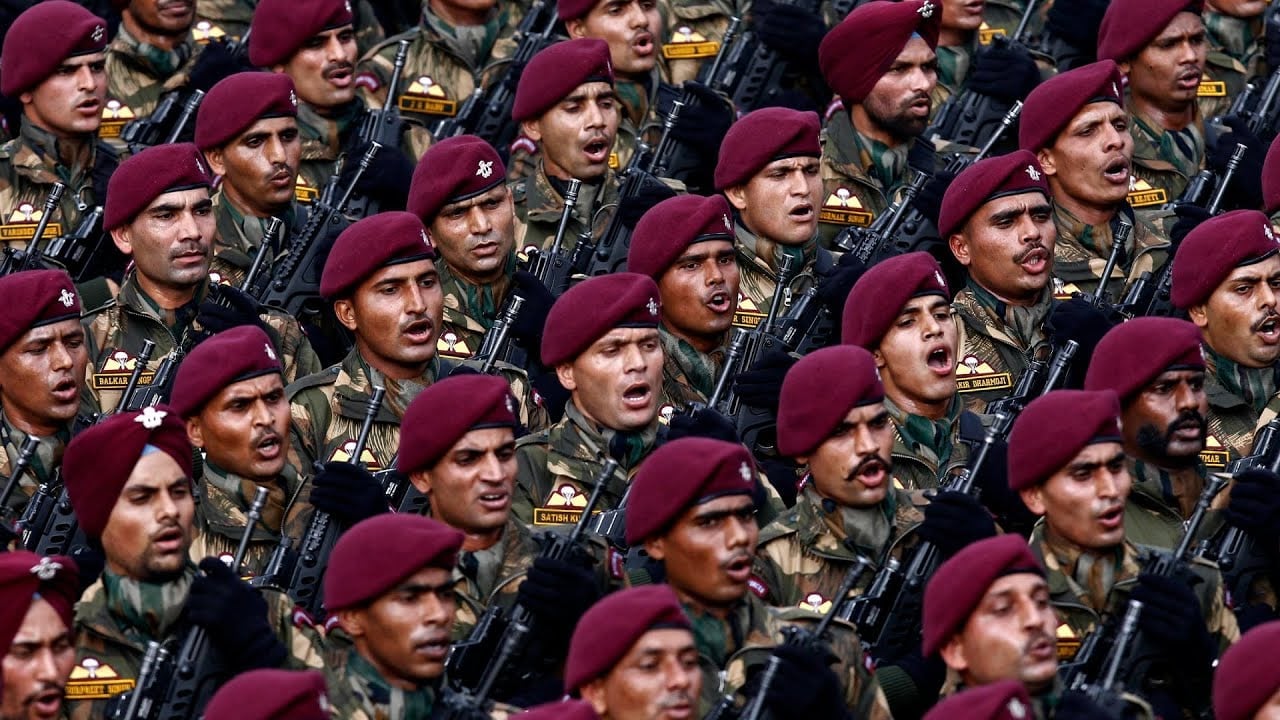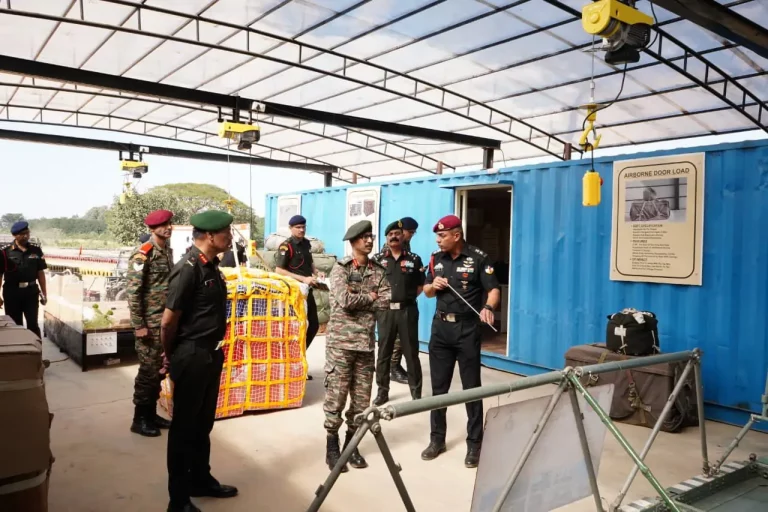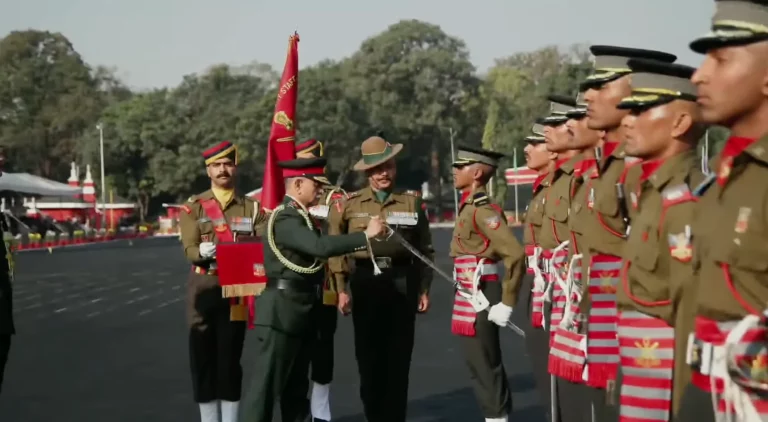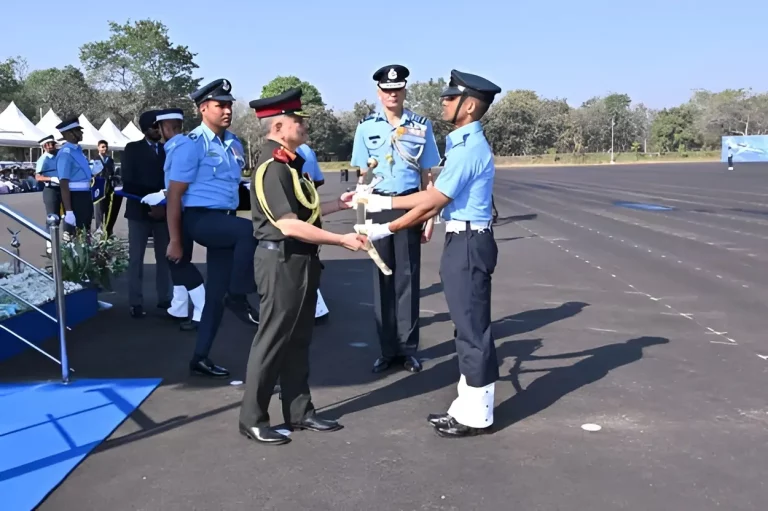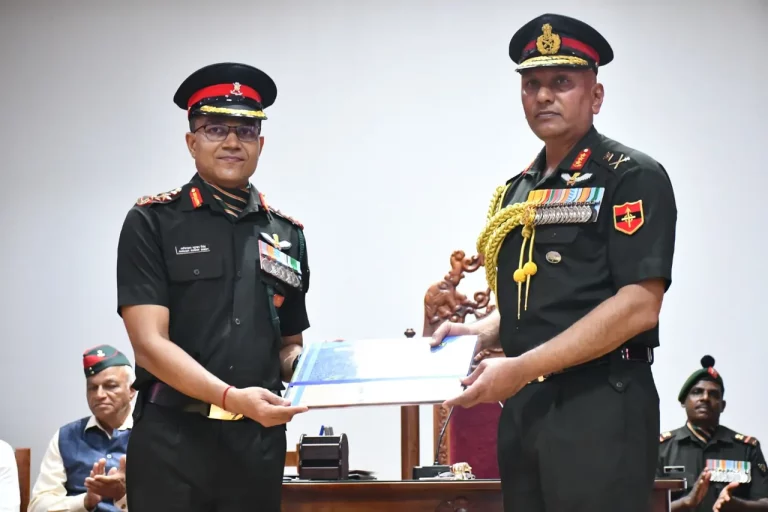The Indian Army is currently facing a significant personnel shortage that has raised alarms about its operational preparedness, especially amid heightened tensions along the borders with Pakistan and China. Recent reports from the Ministry of Defence indicate that the Army is short of over one lakh personnel, including both officers and soldiers, as highlighted during a briefing with the Parliamentary Standing Committee.
As it stands, the Indian Army’s actual strength is 12.48 lakh personnel, which is more than one lakh personnel below the sanctioned strength. Recently published data reveals that, as of October 1, 2024, the Army had only 11,05,110 soldiers, whereas its authorized strength is 11,97,520, leading to a shortfall of 7.72%. This deficit comprises a notable lack of 92,410 Junior Commissioned Officers (JCOs) and Non-Commissioned Officers (NCOs).
The officer cadre is also experiencing concerning shortages. As of July 1, 2024, the Army was operating with 42,095 officers—excluding those from the Medical Corps, Dental Corps, and Military Nursing Service—against a sanctioned strength of 50,538. This figures represents a steep shortfall of 16.71%.
Despite having reached a disengagement agreement with China, over 50,000 Indian troops remain stationed in eastern Ladakh. Concurrently, an uptick in terrorism-related incidents in Jammu has necessitated the deployment of an additional 15,000 troops to the region. These ongoing commitments are stretching the already limited manpower reserves of the Army further.
The recruitment landscape has also been adversely affected by the Covid-19 pandemic, which caused a two-year hiatus in recruitment activities. With an annual retirement rate of roughly 60,000 personnel, the Indian Army witnessed approximately 1.2 lakh soldiers leaving the force during the pandemic. While the Agnipath scheme has been bringing in 40,000 Agniveers annually since its implementation in 2022, it has not yet sufficiently compensated for the personnel shortfall experienced during those two challenging years.
In light of the persisting gaps in soldier numbers, the Ministry of Defence expresses optimism that the Agnipath scheme will eventually help to mitigate the shortage. The ministry stated, “As the Agnipath scheme progresses, the shortage of soldiers will be met.”
To address the declining numbers in the officer cadre, the ministry has initiated several reforms aimed at enhancing recruitment and improving the overall intake of officers:
– The SSB (Services Selection Board) process has been enhanced to boost candidate turnout, which includes sending reminders and offering second chances for those who miss interviews.
– The number of SSB batches has been doubled, enabling a greater number of candidates to participate in the selection process.
– Candidates can now submit required documents online during their application process.
– The timeline for medical examinations has been significantly reduced from up to 10 days to just 2-3 days.
Additionally, there are long-term strategies in place for officer development:
– A Young Leaders’ Training Wing has been established at the Officers Training Academy (OTA) in Chennai, designed to train currently serving soldiers for future officer roles.
– The Technical Entry Scheme (TES) has been revised to a 3+1 year format, facilitating earlier commissioning of officers compared to the previous structure.
Looking ahead, the Ministry of Defence has affirmed its commitment to filling officer vacancies in a timely manner, asserting that ongoing reforms in selection and training are beginning to yield positive results in improving recruitment metrics.
As the nation faces multifaceted security challenges, addressing the personnel shortages within the Indian Army is becoming increasingly crucial. The effectiveness of the current reforms and recruitment initiatives will be pivotal in determining the Army’s ability to restore its optimal strength and maintain operational readiness in the coming years.
